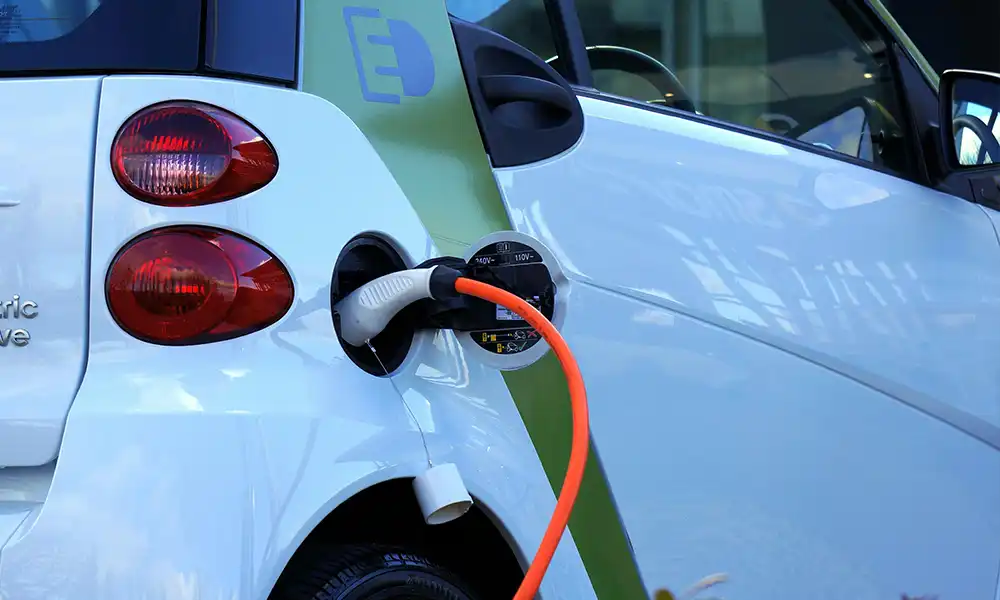We have chosen to explore the circularity potential of three signature products:
- electronics
- electric vehicles
- wind turbines
Products in detail

Electronics
The global consumer market for electronics is estimated to be worth US$1 trillion, and it is projected to continue growing fast. At the same time, electronics represent the fastest-growing waste stream with an global waste generation of 57.4 million tonnes in 2021. The formal collection of electronic waste is low, estimated at 20 per cent, with the remainder 'hibernating' in our households or disposed of and recycled in informal settings.

Electric vehicles
Electric vehicles are key for decarbonising transport. Future projections estimate a rapid increase in the global electric vehicle fleet and an exponential demand growth for the raw materials required to produce electric vehicle batteries and e-powertrains. Given the early stages of electric vehicle fleet deployment, a unique opportunity to design within the principles of a circular economy exists, which can be highly beneficial to the automotive sector.

Wind turbines
Wind turbines represent a renewable energy technology, which is essential for achieving decarbonisation targets and increasing energy security. The UK has set an ambitious target to reach up to 50 GW of offshore wind deployment by 2030. This target is driving demand for the components and materials required to produce wind turbines. At the same time, several installed windfarms are expected to reach the decomissioning stage very soon.